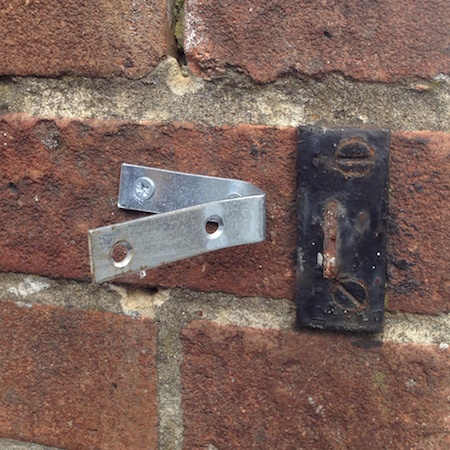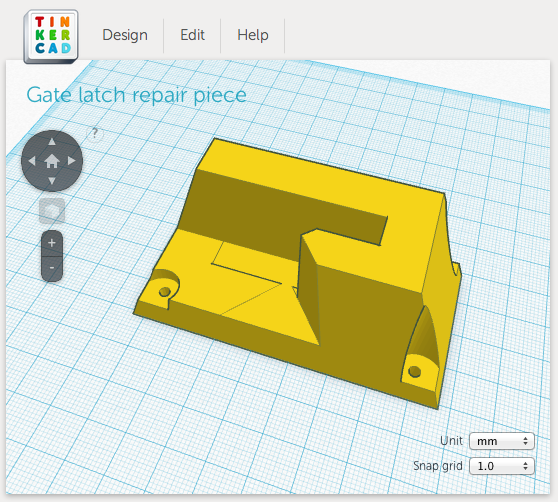The Apple blogosphere and analysts have discussed recently on Apple working on creating a cheaper iPhone. The reason the proponents have put forth on why Apple’s doing this, is so they can sell the device to a broader set of consumers. Some are saying Apple might be doing it, but for different reasons. I recall reading a couple posts saying Apple will never do it.
I believe Apple is working on a cheaper to manufacture iPhone. To understand what they’re aiming at with the new model, and why they’re developing it, we need to look at what they’re doing now, and the cons of that approach.
Apple’s current strategy for providing cheaper devices to the market is by continuing supplying up to two generations of old models, and selling those to operators at discounted prices. The operators in turn offer the devices to consumers with locked contracts against no or almost no upfront cash payment.
While this seems to have worked for Apple brilliantly, it has a few deep issues:
- As an app developer, the fact that iPhone 3GS was sold up until September 2012 makes me want to poke fingers into my ears and go “Lalalalalaa I can’t hear you” until I forget what I heard. The device, with it’s 2009 capabilities, is frustrating to develop against. And I bet the iOS devs felt the pain, too.
- Apple seems to get massive scale benefits for having so few iPhone models out at any given time. But having three generations of iPhone on sale simultaneously, where they share no (or almost no) parts, works against them in this regard.
- Related to above, in manufacturing old models, Apple is married to component supply chain deals made years ago, which they might want to get rid of. With the Samsung / Apple competition heating up, Apple would probably love stopping supplying phones to the market that used a wide array of Samsung components. With the current strategy, iPhone 5 will continue to be supplied until some time late 2015. That’s quite a ways off.
- While the older models of iPhone are cheaper, there’s nothing cool about purchasing a phone launched almost three years ago, so the current strategy cannot possibly be helping Apple in positioning them in the market. The latest generation iPhone does well as a device when you compare it against the Android competitors, but when comparing the older iPhones to similarly priced Androids, the devices suddenly look pretty tired.
- Slow technology rollout schedule – Apple is now selling a phone with the 30 pin connector, and with the past scheduling will be until 2014, unless they update iPhone 4S with Lightning or significantly shorten the product update cycle.
Additionally, I have no data on how the bill of materials changes over time for the phones, but I doubt the total manufacture costs of an iPhone 4 can drop dramatically over the period of two years. The bill of materials for iPhone 4, 4S and 5 have all been estimated at around $200 at launch. The consumer price difference of each step is $99, where iPhone 4 on contract goes for $0, 4S goes for $99, and 5 is $199 on contract. For Apple to get the same amount of money from 4S sales now, the cost of manufacture for the model needs to have dropped around 50%, which it probably hasn’t. If that’s true, Apple is making less profit on the old models than with the brand new one.
So what’s the alternative to Apple that’d get rid of the above issues? Create a new iPhone design where they can manufacture two versions of the same generation device, where one phone is the high end and one is lower spec. The high end is sold as the main new generation mode is now, and the lower spec version replaces the operator subsidized models. This is:
- Great for devs: a down-specked version of the latest generation iPhone would probably be much better than 2-3 year old model.
- Great for consumers: you’d be able to purchase a hip new phone, regardless of your budget, and probably get better tech, too.
- Great for supplier management: faster turnaround time on supply chain management, which should be great for Apple’s ability to pick strategic partnerships and move away from undesired partners.
- Great for component scaling: potential scale benefits for some components such as CPUs, where the parts rated at slower spec would be used in the cheaper model.
- Great for staying current: being able to update the entire phone line speeds up rollouts of new tech – with only current generation devices on the market, there’d be no delay in rolling out new technologies such as the Lightning connector.
With a cheaper bill of materials for the new cheaper to manufacture model, it’s entirely possible Apple would be able to get similar profit from the phone that’s similar to the current significantly subsidized old models, but have a much more desirable product.
With the above benefits, I’d not be surprised if Tim Cook introduces two models of phone the next time he goes on stage, and discontinues iPhone 4 and 4S. Apple doesn’t need a phone that’s cheaper to consumers – it needs a brand new phone that’s cheaper to manufacture.
 I’d been lazy and not dried my Rancilio Silvia espresso machine properly during a period of not using it for a while. To my horror, we found out some mould had developed inside the machine, which obviously made the coffee taste and smell pretty horrible. I did some frantic googling and found three suggestions to get rid of the mould:
I’d been lazy and not dried my Rancilio Silvia espresso machine properly during a period of not using it for a while. To my horror, we found out some mould had developed inside the machine, which obviously made the coffee taste and smell pretty horrible. I did some frantic googling and found three suggestions to get rid of the mould: Ocado had the pictured strong (24%!!) pickling vinegar available. The process I used that seems to have worked was:
Ocado had the pictured strong (24%!!) pickling vinegar available. The process I used that seems to have worked was:



